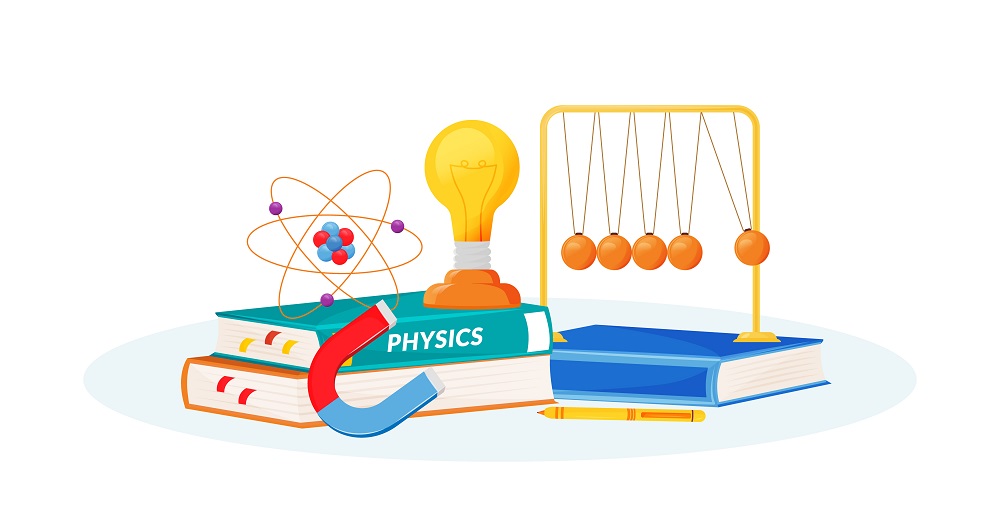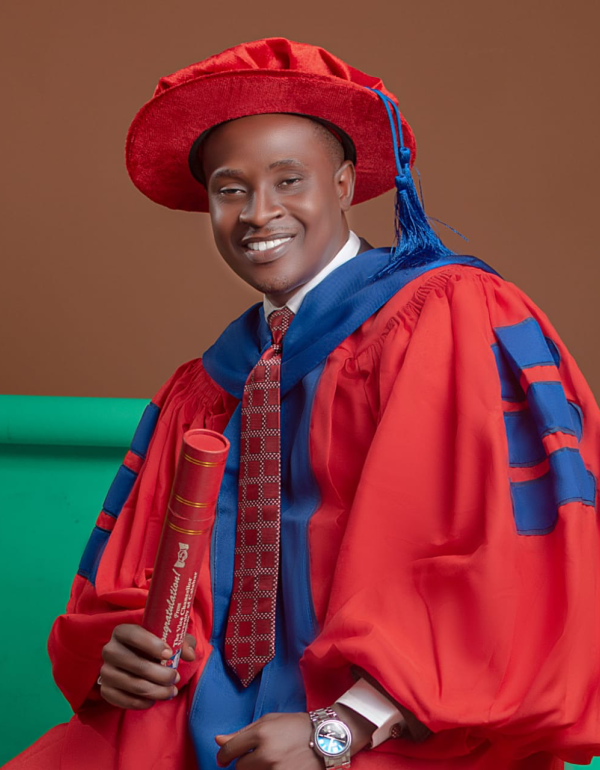PHY191: Introductory to Practical Physics I
This physics practical has been designed in such a way that you will develop some manipulative skills in handling some physics apparatus. It is an integral part of your physics course, which reinforces some, if not all, the principles, theories and concepts you must have learnt in Mechanics, Heat and Properties of Matter.
Furthermore, the Physics Practical is to enable you determine some physical constants such as acceleration due to gravity, specific heat capacity of a sold or liquid, force constant of a spiral spring to mention a few.
This physics practical course will show you how to:
• Identify the two physical quantities to be measured as the variables - the independent and dependent variables;
• Determine the relationship between the two variables in form of a graph.
Unit 1. In measurement, you are supposed to be accurate as possible but no measurement is absolutely correct because of the errors that are bound to occur due to personal errors.
Unit 2. therefore introduces you to how you can minimize or reduce such errors when you measure physical quantities such as length, mass, time and temperature. Since one is bound to make errors, you are required to analyze your errors in the process of the determination of the physical constant.
Unit 3. therefore shows you how you can analyze your errors.
After Unit 3 are the ten (10) experiments that you are required to perform.
Getting Set for the Practical
• You are supposed to read the experiment, as many times as possible so that you know how you will carryout the experiment in question.
• On the day of the experiment you are to make sure that you assemble all the apparatus required from the Laboratory Technologist
• Set up the apparatus carefully and neatly on the working bench.
• Determine beforehand how you will establish the physical quantities to be measured.
• Remember to include in your table the way to obtain, observe and record the dependent variable twice for a corresponding value of the independent variable. This is a way of taking a precaution to ensure accurate measurement. The repetitive values can be used to obtain the mean values of the dependent variable.
• Examine the apparatus very well before the commencement of the experiment to ensure that they are working well. Then make necessary corrections.
• Do form the habit of writing on scarps of paper, use your notebook straight to contain all observations and calculations.



